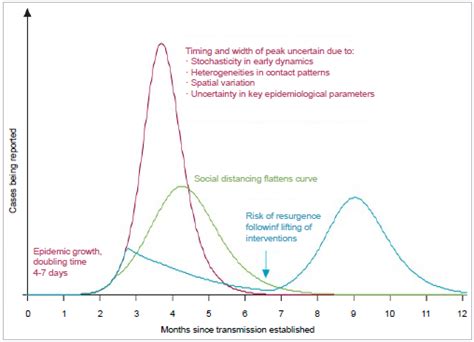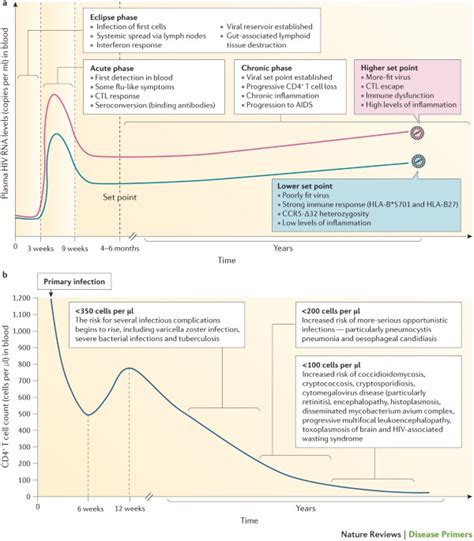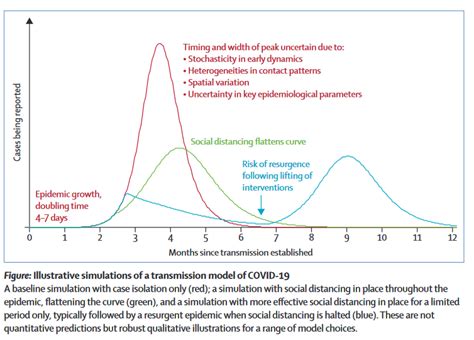In an increasingly interconnected world, understanding the distinctions between pandemics and epidemics is crucial for safeguarding the health of our pets. While both terms refer to widespread outbreaks of disease, they differ in scale and impact. Pandemics, like COVID-19, cross international borders and affect large populations globally, whereas epidemics are localized, affecting specific regions or communities. This article delves into the key differences between pandemics and epidemics, explores historical examples, and examines how these health crises impact animal health. By understanding these differences and implementing preventive measures, pet owners can better protect their furry companions from emerging health threats.
Explore this topic thoroughly with dominure.com
1. Definition and Scope: Pandemic vs. Epidemic
Pandemics and epidemics, while both involving the rapid spread of diseases, differ significantly in scope and impact. A pandemic refers to an outbreak of a disease that occurs on a global scale, affecting multiple countries and large populations simultaneously. These widespread events can have severe consequences on public health, economies, and daily life, as seen with COVID-19. On the other hand, an epidemic is more localized, occurring when a disease spreads rapidly within a specific region or community. Although epidemics can cause significant health issues, their impact is generally confined to the affected area, allowing for more targeted responses.
Understanding these distinctions is vital for effectively managing and mitigating the risks associated with disease outbreaks. Recognizing the scope of an outbreak helps in implementing appropriate public health measures and preparing for potential impacts on both human and animal health. By distinguishing between pandemics and epidemics, pet owners can better comprehend the nature of health threats and take proactive steps to protect their pets.

2. Historical Examples of Pandemics and Epidemics
Historical examples of pandemics and epidemics provide valuable insights into the nature of these outbreaks and their impact on both human and animal health. One of the most notable pandemics is the 1918 influenza pandemic, also known as the Spanish flu, which infected about one-third of the world’s population and resulted in millions of deaths. This pandemic highlighted the rapid spread of viruses and the need for global health preparedness.
In contrast, the Ebola virus outbreak in West Africa from 2014 to 2016 serves as a significant example of an epidemic. Although devastating, its spread was largely contained within specific regions. This epidemic emphasized the importance of localized health responses and the challenges of controlling infectious diseases in limited areas.
Animal health has also been impacted by such outbreaks. The H5N1 avian influenza, which emerged in the early 2000s, primarily affected birds but also posed risks to humans and other animals. Similarly, the 2019 African swine fever epidemic had severe consequences for pig populations worldwide.
By studying these historical examples, pet owners and veterinarians can better understand how to respond to future disease threats and protect animal health.

3. Key Differences: Transmission, Spread, and Impact
Understanding the key differences between pandemics and epidemics in terms of transmission, spread, and impact is crucial for effective disease management. Transmission refers to how a disease is spread. In pandemics, the disease-causing agents, such as viruses or bacteria, often exhibit high transmissibility, enabling them to spread rapidly across countries and continents. This global spread is facilitated by factors such as international travel and trade, leading to widespread and simultaneous outbreaks.
In contrast, epidemics are generally more contained geographically. The transmission of diseases in epidemics is often restricted to specific regions or communities. While the spread can be rapid within these localized areas, the overall impact is more limited compared to pandemics.
The impact of pandemics is profound, affecting large populations and straining global health systems. They can disrupt economies, travel, and daily life on a massive scale. The COVID-19 pandemic, for instance, showcased the extensive global impact, leading to widespread health crises, economic downturns, and significant lifestyle changes.
Epidemics, though serious, tend to have a more localized impact. The effects are often confined to the affected regions, allowing for more targeted public health responses. However, they can still cause substantial morbidity and mortality, as seen in the Ebola outbreaks in West Africa.
By recognizing these differences, pet owners can better prepare for and respond to health threats, ensuring the safety and well-being of their pets during both pandemics and epidemics.

4. How Pandemics and Epidemics Affect Animal Health
Pandemics and epidemics significantly affect animal health, often in ways that mirror their impact on human populations. During these widespread disease outbreaks, animals can serve as both victims and vectors, contributing to the transmission and spread of diseases.
Pandemics, such as the H5N1 avian influenza and COVID-19, have shown that animals can be directly affected by the diseases or suffer from the consequences of public health measures. For instance, the avian influenza pandemic led to the culling of millions of birds to control the spread, causing significant losses in poultry populations. Similarly, pets and other animals can be exposed to zoonotic diseases, which are transmissible from animals to humans, leading to increased veterinary care needs and potential quarantine measures.
Epidemics, while more localized, also pose serious threats to animal health. The African swine fever epidemic, which primarily affected pig populations, caused severe economic losses in the livestock industry and disrupted food supplies. Localized outbreaks of diseases like rabies can spread rapidly within animal communities, necessitating swift public health interventions to protect both animals and humans.
In both pandemics and epidemics, preventive measures such as vaccinations, regular veterinary check-ups, and biosecurity practices are crucial in protecting animal health. By understanding the pathways and impacts of these outbreaks, pet owners and veterinarians can implement effective strategies to mitigate risks, ensuring the safety and well-being of animals during times of widespread disease.

5. Preventive Measures for Protecting Pets during Disease Outbreaks
Protecting pets during disease outbreaks requires proactive and informed measures. One of the most effective strategies is ensuring pets are up-to-date on all vaccinations, which can help prevent the spread of zoonotic diseases. Regular veterinary check-ups are essential for early detection and management of potential health issues.
Maintaining good hygiene practices is also critical. Pet owners should wash their hands thoroughly after handling pets, especially during outbreaks, to prevent cross-contamination. It’s important to keep pets’ living areas clean and disinfected to reduce the risk of infection.
Limiting pets’ exposure to potentially infected animals is another key preventive measure. During outbreaks, avoid taking pets to areas with known disease cases and minimize contact with other animals.
Monitoring pets for any signs of illness and seeking prompt veterinary care if symptoms arise can help mitigate the impact of outbreaks. By staying informed about current health threats and following these preventive measures, pet owners can effectively protect their pets from emerging disease risks.

6. Role of Vaccinations and Regular Veterinary Check-Ups
Vaccinations and regular veterinary check-ups play a vital role in maintaining the health and well-being of pets, especially during disease outbreaks. Vaccinations are one of the most effective tools in preventing the spread of infectious diseases. By stimulating an animal’s immune system to recognize and combat specific pathogens, vaccines provide protection against illnesses that could otherwise be severe or even fatal.
During both pandemics and epidemics, ensuring that pets are up-to-date on all recommended vaccinations is crucial. Vaccines for common diseases such as rabies, distemper, and parvovirus are essential in preventing outbreaks within animal populations. In the case of zoonotic diseases, vaccinations can also help prevent transmission from animals to humans, safeguarding public health.
Regular veterinary check-ups are equally important. These routine visits allow veterinarians to monitor pets’ health, catch early signs of disease, and provide timely treatments. Early detection is key in managing health issues before they become more serious. During check-ups, veterinarians can also update vaccinations, administer preventive treatments, and offer advice on maintaining pets’ health.
Veterinarians play a crucial role in educating pet owners about potential health risks and preventive measures. They can provide guidance on best practices for hygiene, diet, and overall care during disease outbreaks. By adhering to a schedule of regular veterinary visits and keeping up with vaccinations, pet owners can significantly reduce the risk of disease and ensure their pets remain healthy and protected.

7. Expert Tips on Monitoring and Responding to Emerging Disease Threats
Monitoring and responding to emerging disease threats requires vigilance and proactive strategies. Experts recommend several key practices for effective disease management in pets.
Firstly, stay informed about local and global health alerts. Following updates from reliable sources, such as veterinary associations and public health organizations, helps pet owners recognize potential threats early.
Regularly observe your pets for any signs of illness, such as changes in behavior, appetite, or physical symptoms like coughing or lethargy. Early detection allows for prompt veterinary intervention, which can be crucial in managing or preventing the spread of disease.
Maintain a clean and hygienic environment for your pets. Disinfect their living areas frequently and ensure they have access to clean water and food. This helps reduce the risk of infection and keeps their immune system strong.
If an outbreak is reported in your area, limit your pets’ exposure to potentially infected animals and avoid crowded areas where disease transmission is more likely.
Lastly, consult your veterinarian about additional preventive measures or specific precautions related to emerging threats. Veterinarians can offer tailored advice based on current risks and help you implement effective strategies to protect your pets’ health.

Understanding the differences between pandemics and epidemics is essential for effectively protecting your pets from emerging health threats. By staying informed, maintaining regular veterinary care, and implementing preventive measures, pet owners can safeguard their furry companions against disease outbreaks. Proactive management and vigilance are key to ensuring their continued health and well-being.
dominure.com

